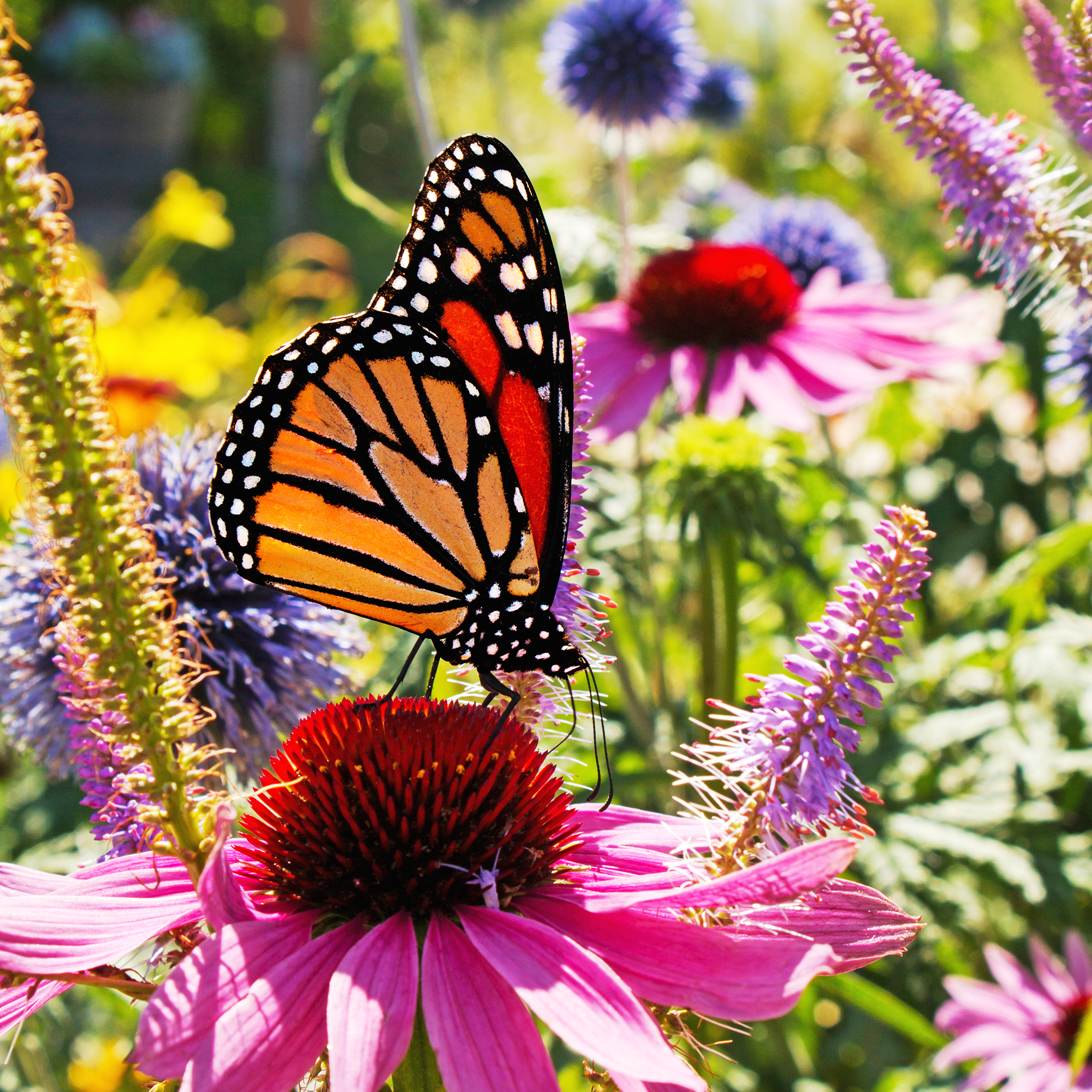8 Flower Seeds To Sow In Fall That Are Butterfly Magnets: Plant A Beautiful Pollinator Oasis
Create a vibrant butterfly sanctuary by planting fall seeds that attract and support precious pollinators.
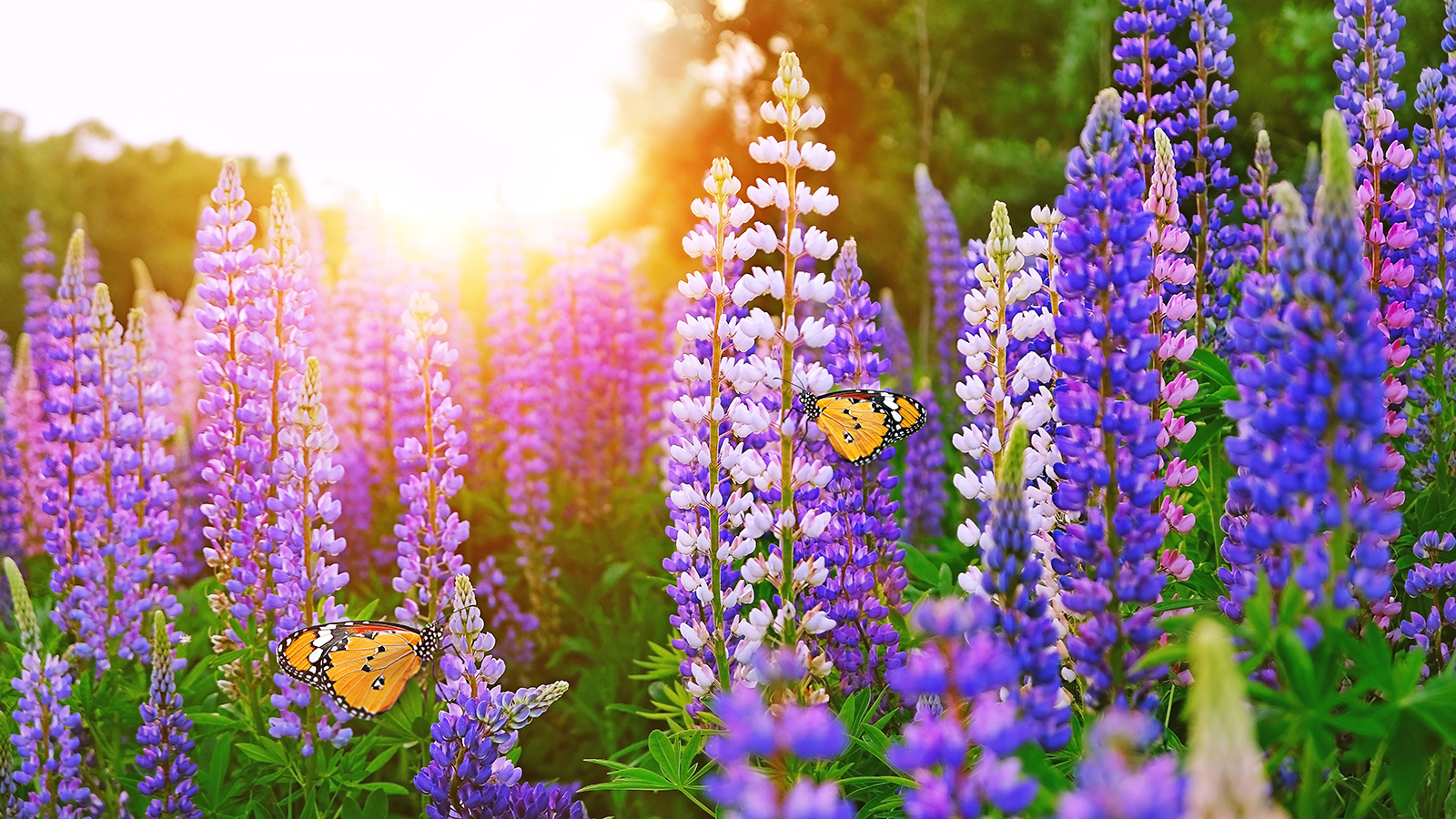

As autumn settles in and the garden transitions through the colder seasons, sowing seeds is an inspiring way to plan ahead for next year’s garden. In particular, many butterfly-friendly flowers thrive when sown in the fall, as the cooler weather provides cold stratification, and prepares seeds for spring growth.
When seeking butterfly garden ideas, aim for diverse flower shapes, colors, and bloom times to offer both beauty and sustenance throughout the seasons. Single-bloom flowers with accessible centers are ideal for butterflies to sip from, while native plants that attract butterflies tend to be especially beneficial, providing familiar nutrients and habitats.
Butterflies are drawn to particular plants not only for their rich nectar but also because some serve as butterfly host plants, on which caterpillars feed before transforming into adults. Thoughtfully choosing butterfly garden plant combinations that blend nectar-rich and host plants can transform your garden into a vital habitat, helping support their life cycles right outside your door.
If you're ready to plant now, then browse our range of fall butterfly garden essentials in the Gardening Know How Shop, or take your project to the next level with our expert-led Pollinator Garden course, which takes you through every step of creating a butterfly oasis in your own backyard.
Read on for our top picks of butterfly-friendly flowers to start from seed in the fall.
1. Milkweed
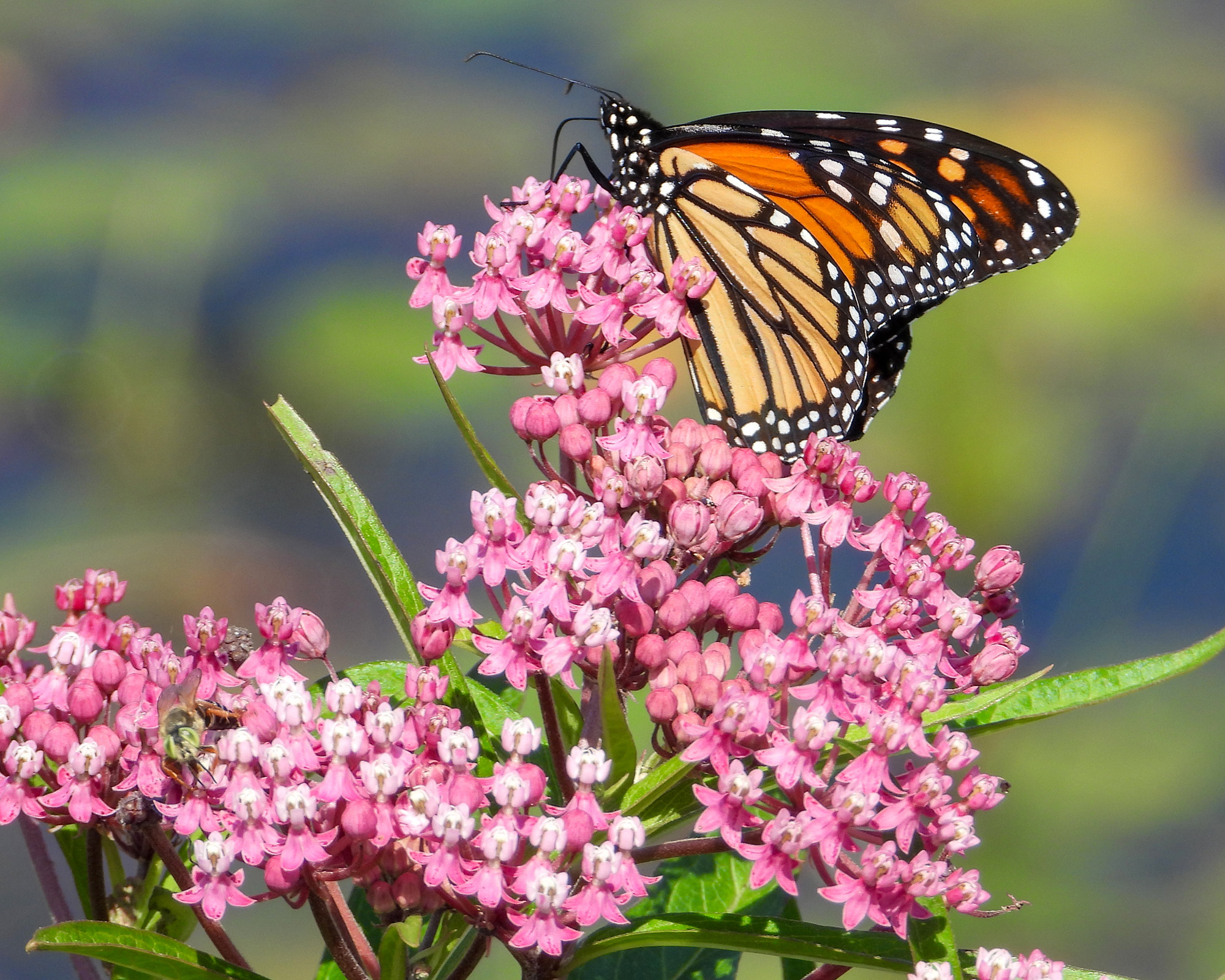
When you think of a butterfly-friendly flower, milkweed is often the first that comes to mind. This invaluable native plant is essential to the survival of monarch butterflies, serving as a host plant for their caterpillars and attracting various pollinators with its fragrant blooms.
With milkweed varieties available to suit almost any USDA hardiness zone and growing conditions, it's a great starting point for a butterfly garden. The most popular option is common milkweed (Asclepias syriaca), available in the Gardening Know How Shop. It thrives in zones 3-9 in a range of growing conditions.
Sign up for the Gardening Know How newsletter today and receive a free copy of our e-book "How to Grow Delicious Tomatoes".
Other varieties include butterfly weed (Asclepias tuberosa), which suits zones 4-9, and is widely found on prairies and grassland; swamp milkweed (Asclepias incarnata), often found in moist conditions in zones 3-9; and green milkweed (Asclepias viridis), which is adapted to both heat and humidity, hardy in zones 5-9.
Plant milkweed seeds in late fall, when temperatures have dropped. Select a sunny spot with well-draining soil, as plants need at least six hours of direct sunlight each day to thrive. Scatter seeds over prepared soil and lightly press them in without fully covering them. Once established, milkweed is low-maintenance and drought-tolerant.
2. Snapdragons
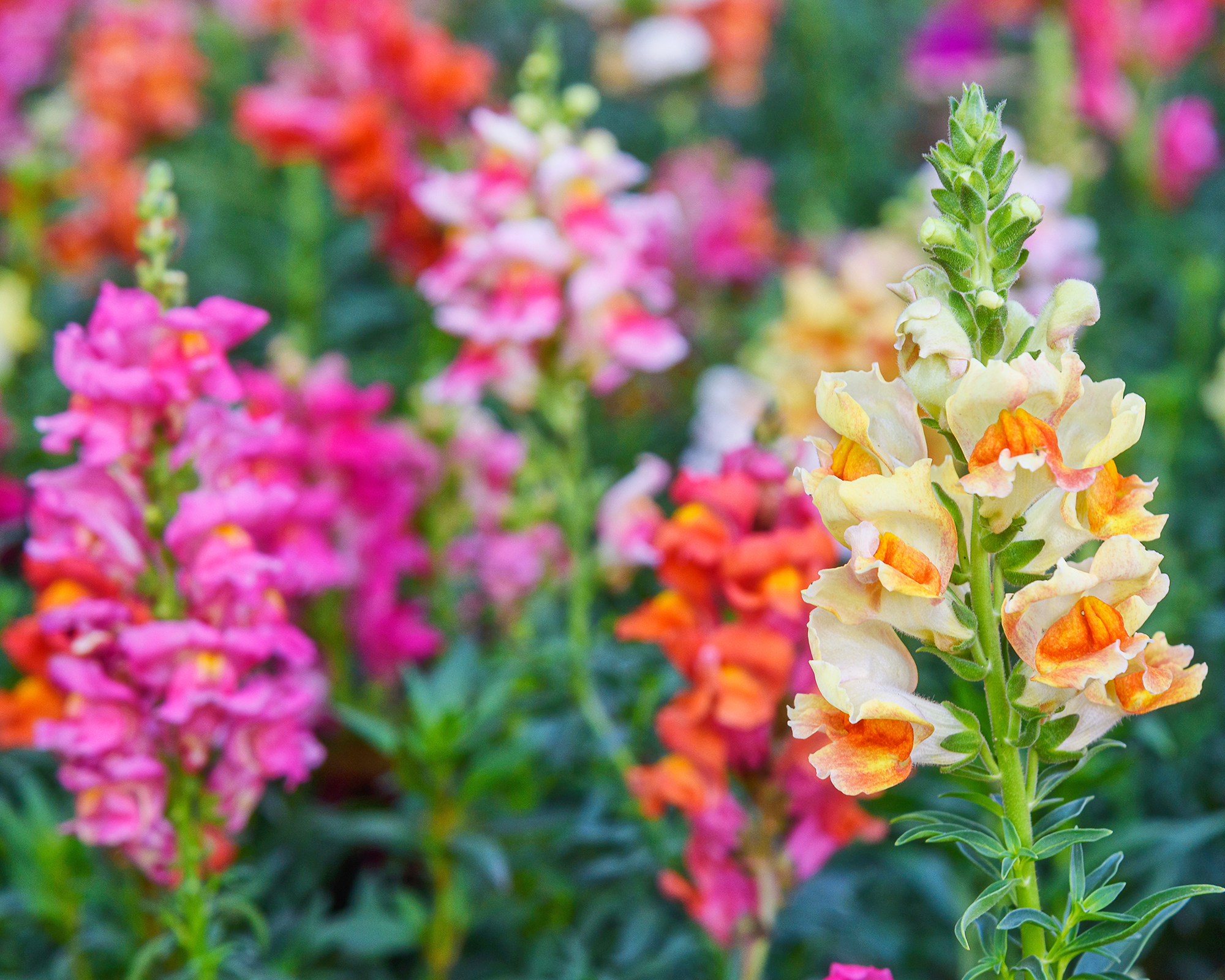
Butterflies love the bright colors and tubular flowers of snapdragons (Antirrhinum majus), and they also serve as a host plant for the common buckeye butterfly.
Hardy in USDA zones 7-10, snapdragons can be grown as annuals in cooler climates. They bloom from late spring and though they won't survive high summer heat, in cooler areas they can keep going until fall. This extended flowering period makes them a valuable addition to a butterfly garden.
Sow snapdragon seeds on the surface of fine compost in the fall and overwinter in a cold frame or greenhouse. Once seedlings have developed, transfer them to individual pots and plant them out in the spring, once the risk of frost has passed.
Snapdragons thrive in a sunny spot in soil enriched with compost. Water moderately and pinch out the main stem to encourage continuous blooming.
3. Coneflowers
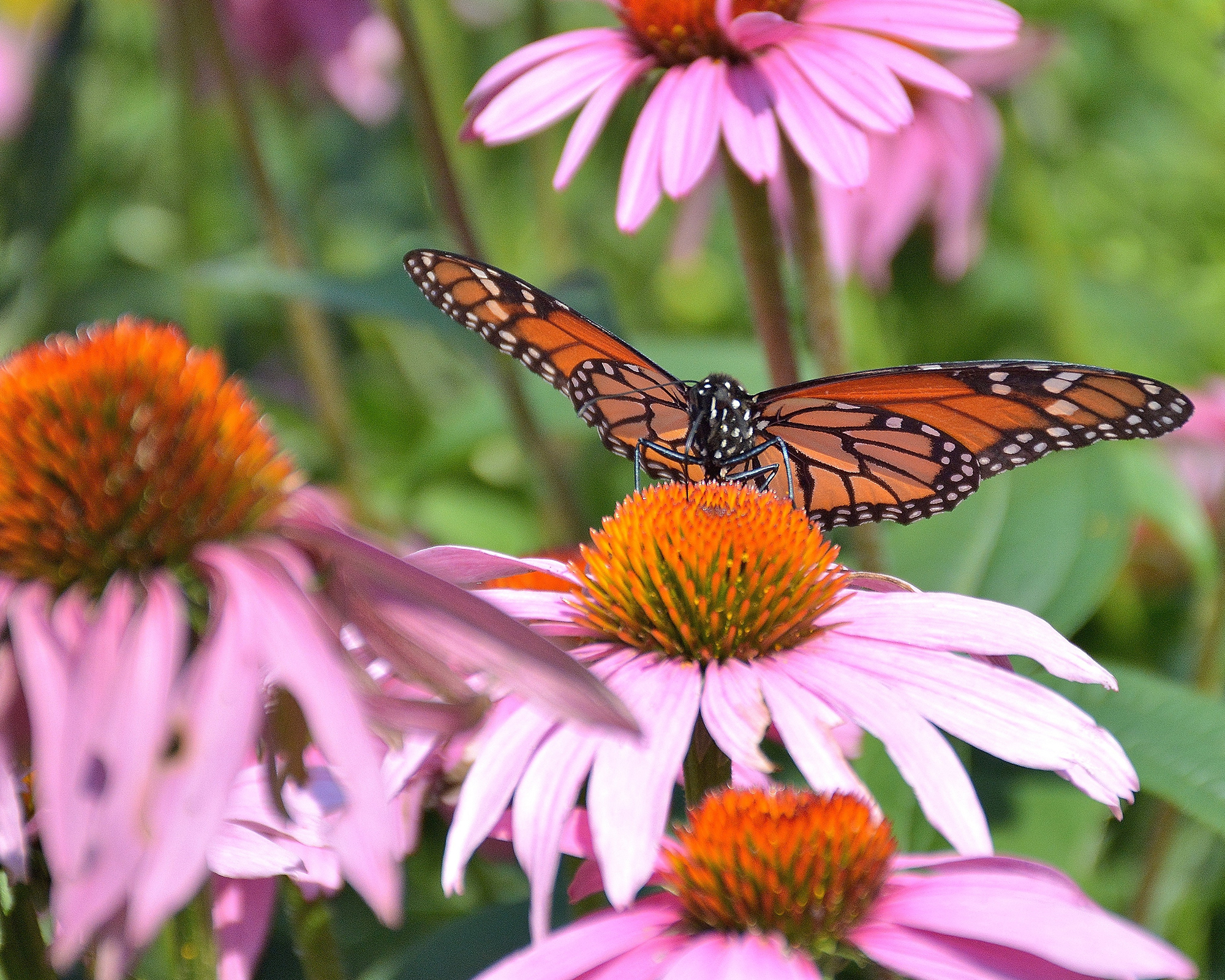
Coneflowers (Echinacea) provide a nectar-rich food source for butterflies and bees, while their seed heads attract birds, such as finches, in the fall. Compatible with USDA zones 3-9, they are a low-maintenance addition to a butterfly garden.
The North American native purple coneflower (Echinacea purpurea) is the most common variety, but there are also other types of coneflower to consider – all with beautiful daisy-like blooms in a rainbow of colors.
Cheyenne Spirit coneflowers, available in the Gardening Know How Shop, make a dazzling display in shades of yellow, orange, red, and purple from summer through fall.
Late autumn planting is beneficial for coneflowers, as the natural cold stratification process results in higher germination rates and more abundant flowering.
Choose a full-sun, well-draining site for planting, and prepare the soil by loosening it and removing any weeds. Scatter seeds onto the soil surface and press them lightly into the ground. In spring, seedlings will emerge, though flowers won't appear until the second year.
Hardy perennials, coneflowers can tolerate drought and poor soil conditions and are deer-resistant.
4. Sweet Alyssum
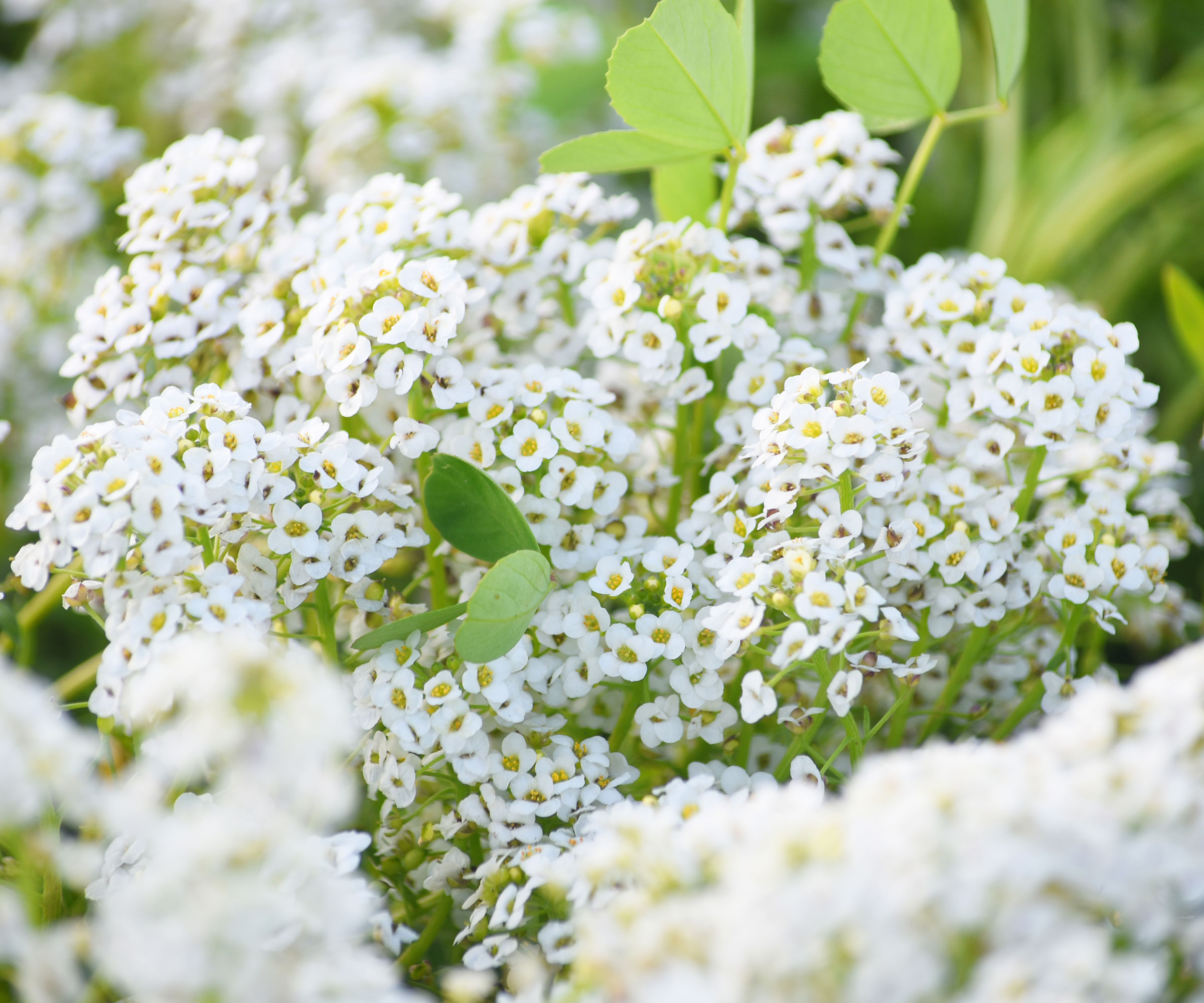
A fragrant annual or short-lived perennial with long-lasting blooms, sweet alyssum (Lobularia maritima) draws many butterflies and beneficial insects to the garden. It is also a host plant for checkered white and cabbage white butterflies, so doubles up as a companion plant, luring them away from the vegetable plot. Its low-growing, spreading habit makes it perfect as a ground cover or edging plant.
Sweet alyssum, available in the Gardening Know How Shop, is easy to grow from seed. It may be fall-sown outdoors in mild USDA zones, particularly zones 7-11, for early blooms in spring. For cooler regions, plant in spring or overwinter seedlings in a cold frame or greenhouse.
Sweet alyssum thrives in well-drained soil in full sun or partial shade. Prepare the soil by loosening it and removing any weeds or debris. Scatter the tiny seeds directly on the soil surface and gently press them down so that they still receive some light.
In areas with mild winters, seeds sown in the fall may germinate as soon as temperatures start to rise, resulting in clusters of small white, lavender, or purple flowers by early spring.
5. Lupines
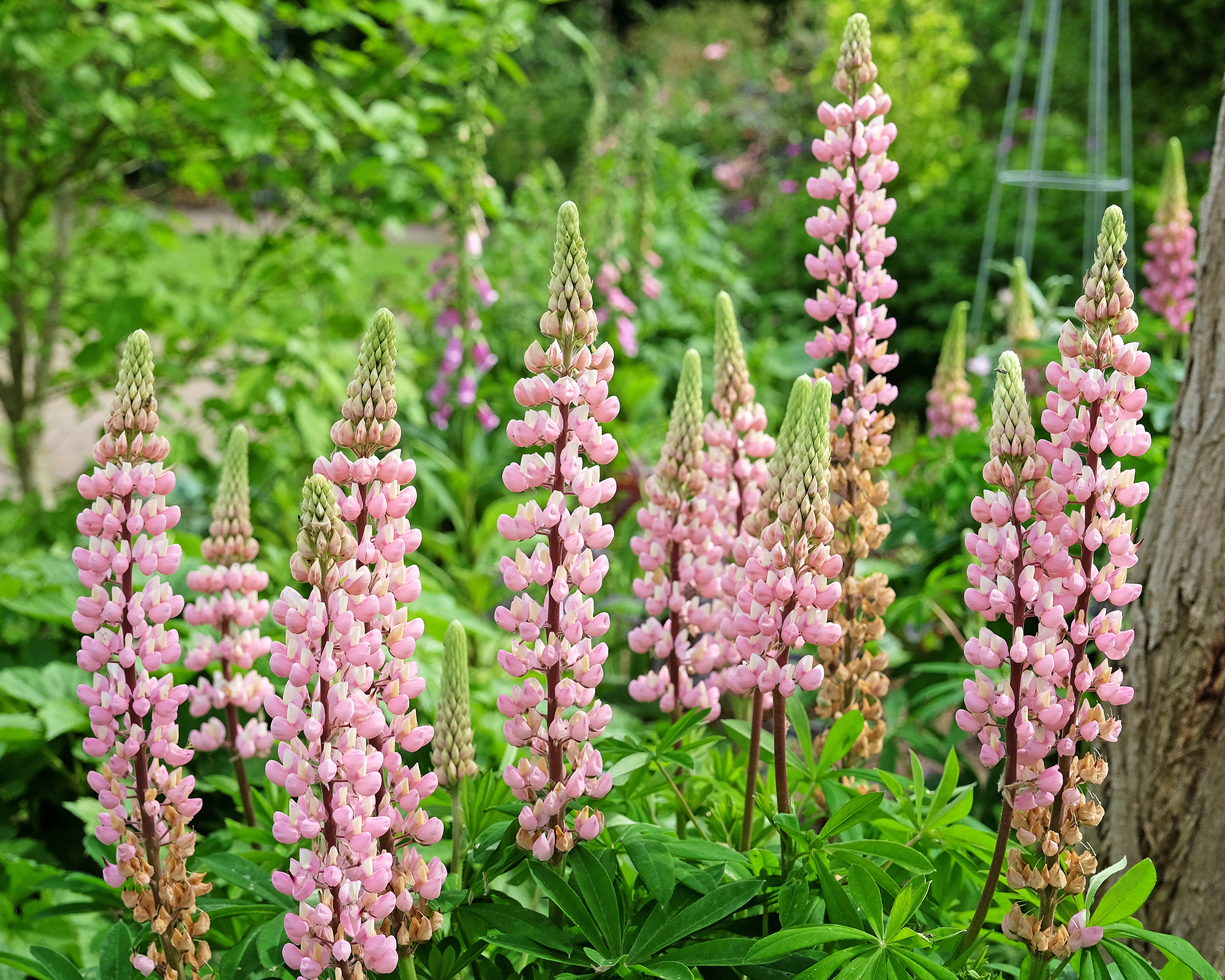
Growing lupines (Lupinus spp.) from seed in the fall is a wonderful way to support wildlife by introducing striking color and height to borders. These hardy perennials are well-suited to USDA zones 4-8 and are beloved by butterflies and bees, who are drawn to their tall, spiked blooms in shades of blue, purple, pink, and white.
Choose a sunny location with well-draining, slightly acidic soil, as lupines don’t perform well in clay or overly compacted soil. Preparing the area by loosening the soil and adding organic matter helps create optimal growing conditions.
To sow, plant seeds about ¼-inch deep and cover lightly with soil. Lupine seeds have a hard coating, so you may want to gently scarify them (scratch the surface) to encourage faster germination.
With fall planting, seedlings will emerge in spring and grow into mature plants that bloom by the following year. Once established, lupines are low-maintenance and tolerate drought, making them a resilient addition to the garden.
6. Evening Primrose
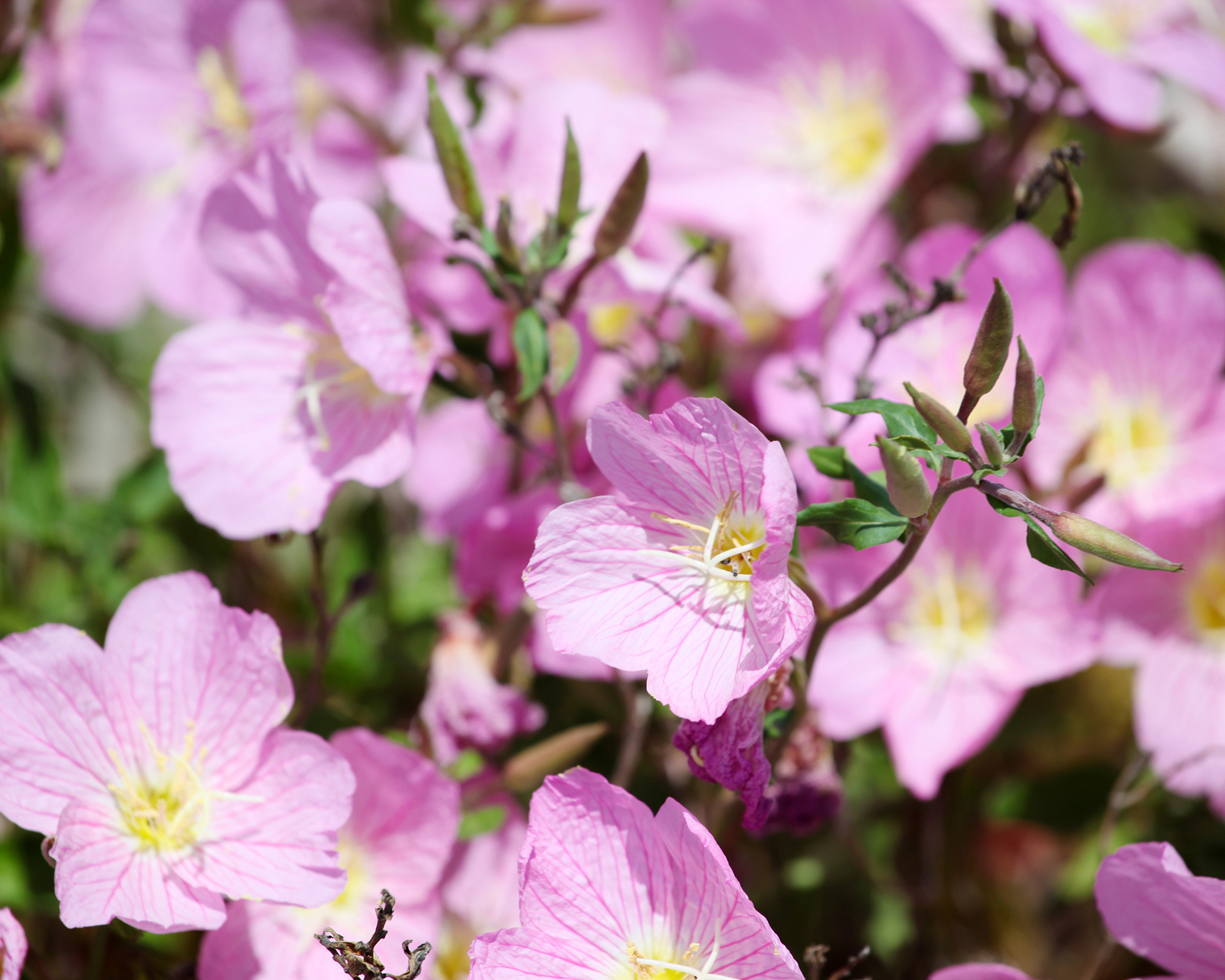
Many flowers that are attractive to butterflies have aggressive tendencies, meaning they can quickly take over a garden. This makes it important to balance biodiversity with maintenance. Pink evening primrose (Oenothera Speciosa) is one such plant, though it needn't be excluded. It's all about right plant, right place.
A pretty, low-growing native plant, pink evening primrose, available in the Gardening Know How Shop, blooms from spring to summer with romantic flowers that are magnets to butterflies and many other precious pollinators and beneficial insects.
It is prone to spread in certain conditions, so should not be planted in moist, fertile soil. However, in areas of poor, dry, rocky soil it can make a gorgeous ground cover without becoming invasive. Alternatively, it can be planted in containers so you can enjoy butterflies on your patio.
Pink evening primrose is easy to grow from seed. Sow directly into well-draining soil in the fall or spring, and keep watering to a minimum.
7. Goldenrod
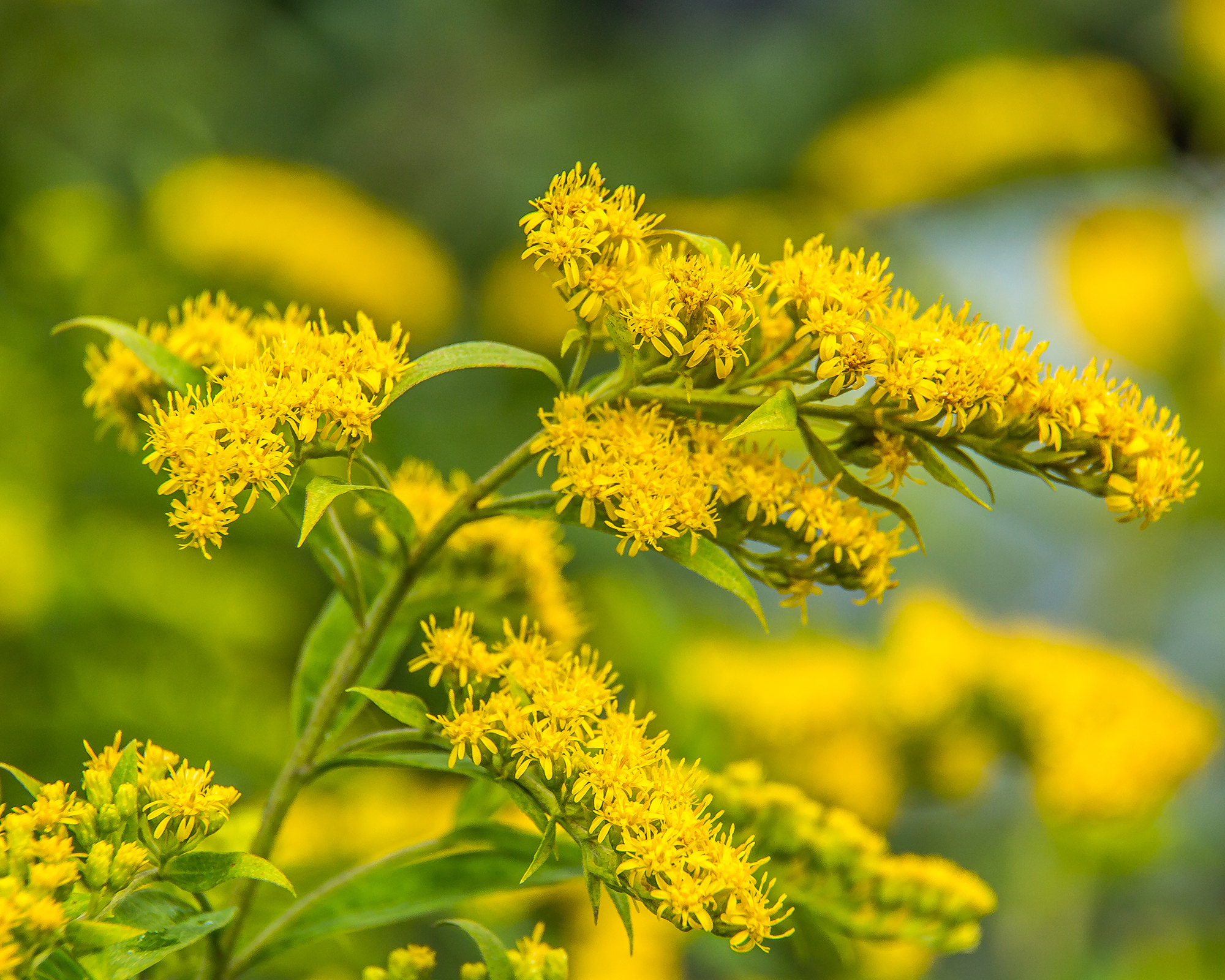
Goldenrod (Solidago spp.) is a top choice for fall planting in a butterfly-friendly landscape. This native perennial thrives in USDA zones 3-9 and provides a crucial nectar source for butterflies, bees, and other pollinators, especially in the late summer and fall when other flowers are scarce. It is also a host plant for many beneficial insect larvae, making it an essential addition for supporting biodiversity.
Fall is the perfect time to sow goldenrod seeds. Plants thrive in full sun and can adapt to various soil types, as long as it is well draining. Loosen the soil and scatter the seeds on top, lightly pressing them into the surface.
Goldenrod seedlings will emerge in spring, eventually developing into upright plants with clusters of small, bright yellow flowers that go on for months. Drought-tolerant and low-maintenance, goldenrod is ideal for naturalized areas or pollinator gardens.
8. Yarrow
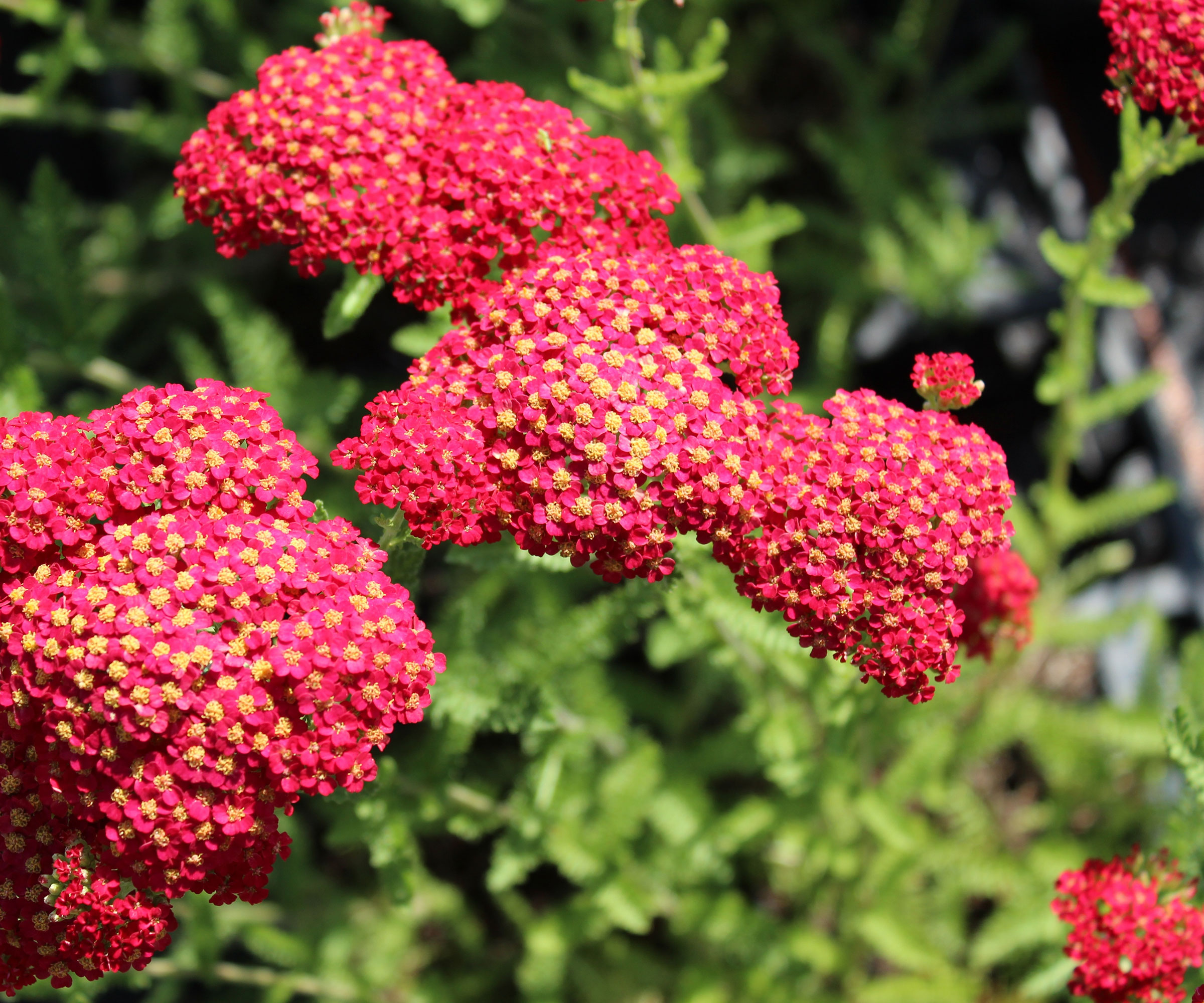
Yarrow (Achillea millefolium) is an essential addition butterfly gardens in zones 3-9 as it is a favorite nectar source for many species of butterflies, moths, and beneficial insects. Its sprays of small flat-petaled flowers are easy for butterflies to feed from and add a pretty, romantic touch to gardens. The blooms range from white to pink, yellow, and red, offering a long-lasting splash of color.
A hardy perennial that is actually a herb, yarrow thrives in a sunny spot in poor to moderately fertile soil, so there’s no need for heavy fertilization. Lightly rake the soil to loosen it, then scatter the seeds on top before lightly pressing in. Once spring arrives, seedlings will emerge, eventually forming low-growing foliage that produces tall flower stalks in mid-summer. Yarrow also self-seeds, which means it may spread naturally over time.
To add to its pollinator benefits, this low-maintenance plant is drought-tolerant, deer-resistant, and makes a great cut or dried flower.
This article features products available from third-party vendors on the Gardening Know How Shop.
*No code needed: A free course access code will be sent via email following purchase.

Melanie is an experienced gardener and has worked in homes and gardens media for over 20 years. She previously served as Editor on Period Living magazine, and worked for Homes & Gardens, Gardening Etc, Real Homes, and Homebuilding & Renovating. Melanie has spent the last few years transforming her own garden, which is constantly evolving as a work in progress. She is also a passionate organic home grower, having experimented with almost every type of vegetable at some point. In her home, Melanie tends to an extensive houseplant collection and is particularly fond of orchids.
